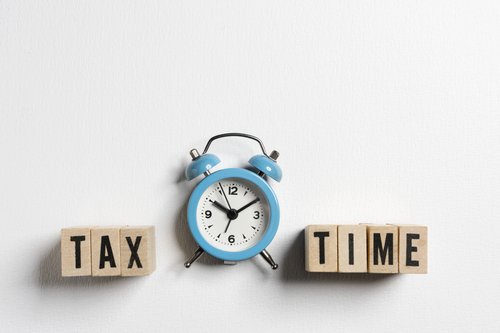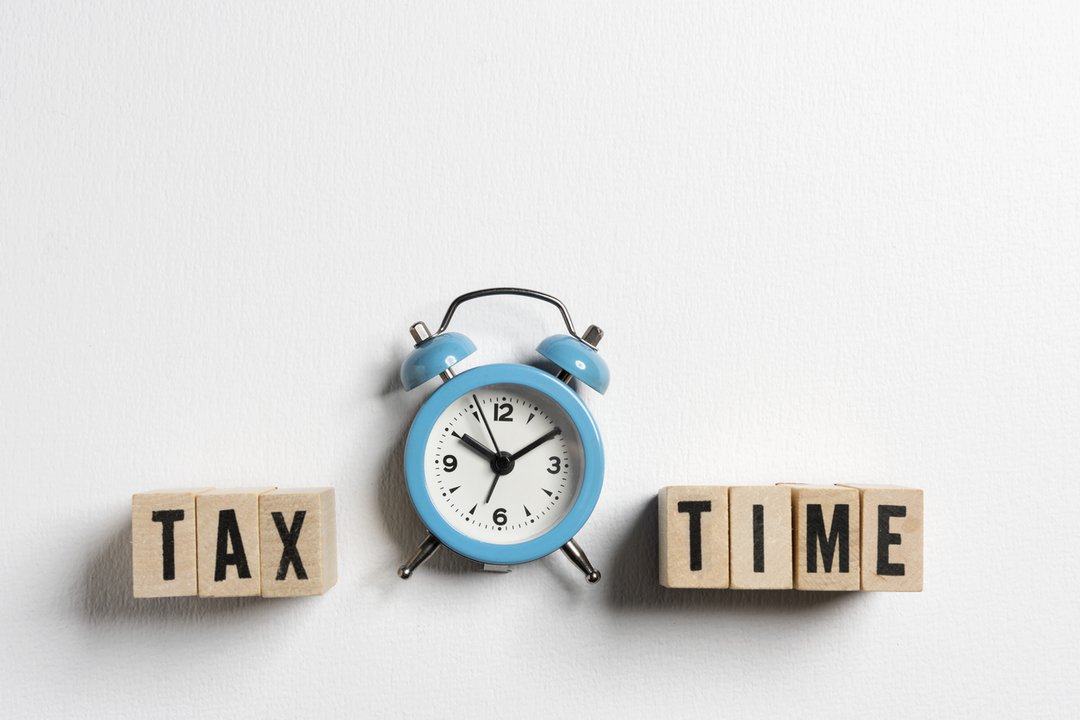
Tax season is here, and there are a few things you should be doing right now to get a head start.
The most important thing, tax expert Jamie Golombek said, is to know your Registered Retirement Savings Plan (RRSP) contribution limit.

iStock-1300890068
The managing director of tax and estate planning at CIBC Private Wealth Management said being aware of your limit is key since the deadline to claim an RRSP deduction on your 2023 tax return is Feb. 29. Canadians can still contribute to their RRSPs after that deadline, but they won’t be able to claim the deduction until their 2024 tax return.
Article content
The easiest way to find out your contribution limit is to look at the notice of assessment for your 2022 tax return. If you don’t have that, you can log into your account on the Canada Revenue Agency’s website.
“I’m a big fan of RRSPs,” Golombek said in a recent interview with the Financial Post’s Larysa Harapyn. “An RRSP is still the greatest way to save for retirement.”
He said most Canadians should maximize their RRSP contributions, but that doesn’t mean they should take out a loan to do so. A loan in this case only makes sense in “very limited and rare situations” where you can repay most, if not all, of it within a few months, such as when you know you’ll soon be getting a bonus, extra cash or big tax refund.
“The problem is if you can’t afford to pay it back, and this drags on for months, it becomes a very, very expensive way to make an RRSP contribution,” Golombek said.
Canadians who have been working from home on a full-time or hybrid basis should also get a head start on figuring out their home-office expenses before the April 30 tax filing deadline. That’s because the CRA’s simplified method of claiming work-from-home expenses is no longer available for the 2023 tax year.
Between 2020 to 2022, employees were allowed to claim $2 per day for every day they worked from home, up to a maximum of $500. Now, employees will be required to tally up and prorate their expenses before claiming the resulting amount as a deduction. Employees will also need a copy of form T2200 from their employer.
If you owe the CRA money, it’s more essential “now than ever before in the last two decades” to pay the outstanding balance by April 30, Golombek said. That’s because the CRA’s prescribed interest rate for overdue or late taxes has hit 10 per cent for the first time since mid-2001.
“For someone in a top tax bracket of 50 per cent or more, you’d have to earn a rate of return of over 20 per cent on an equivalent investment to be better off than not paying your tax debt,” he said.
Comments are closed.
